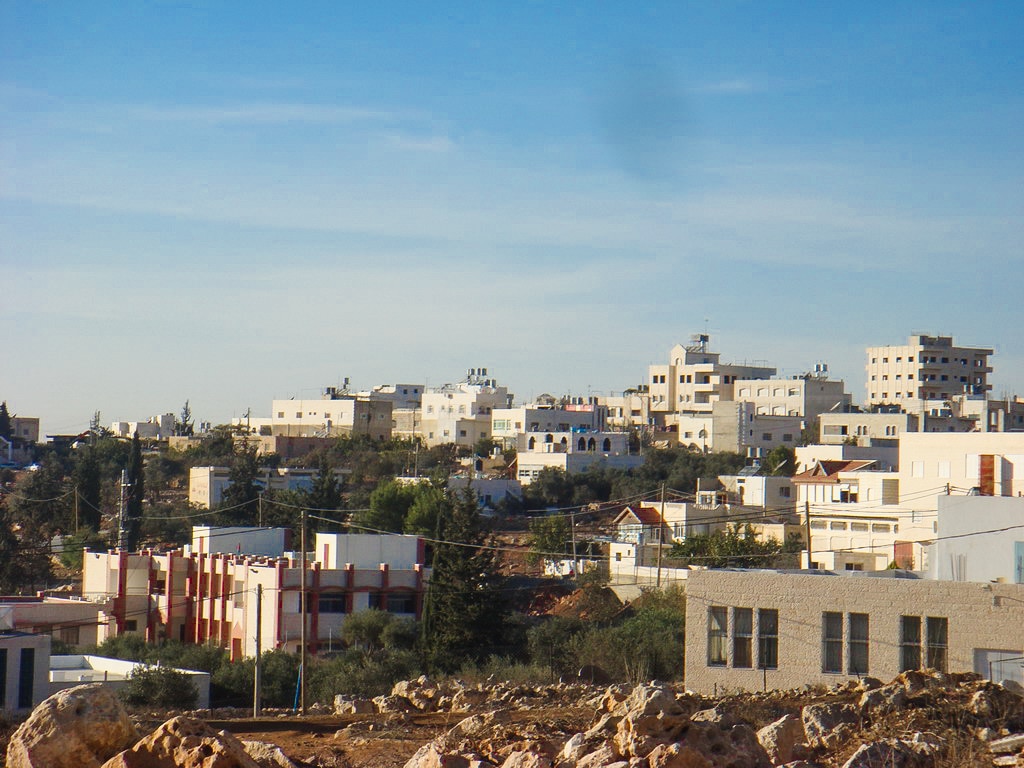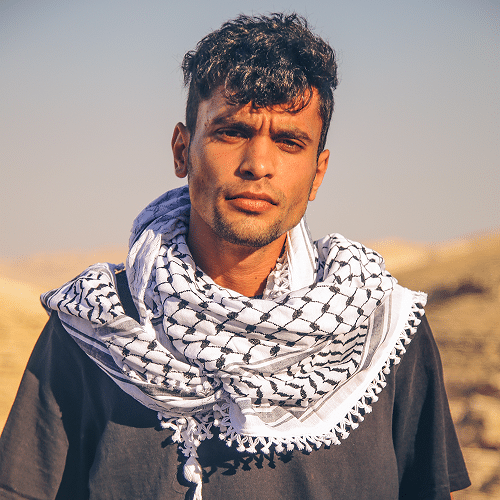The famous vineyards of Dura
Wine-red and rich in colour, the scarlet kufiya of Dura is symbolic of the famous grapes and vineyards of this ancient and fertile village, it’s lasting heritage from the mists of antiquity.
As the farmers harvest their last bushel of grapes, the blossoming vineyards of Dura (دورا) decorate the hillsides of this age-old village in red. The town of Dura, located just south of Hebron, has long been famed for its vineyards and grapes, its farming customs rooted as far deep as its own history.
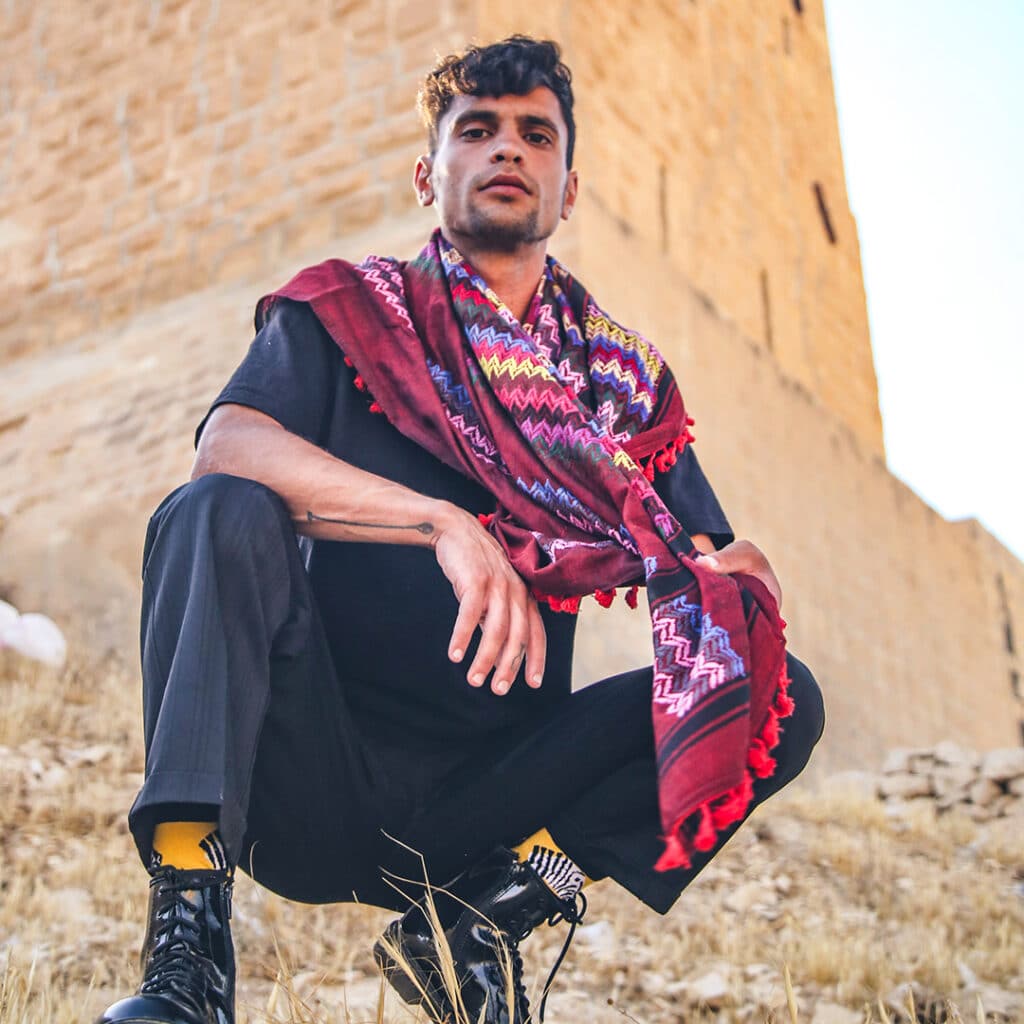
Dura and the Tomb of the Patriarchs
Dura is an ancient place. As far back as 5000 years ago, the Canaanites settled on the same hilltops, and local legend has it that the Prophet Noah (Nebi Nûh), the prophet of the ark and the final pre-flood patriarch in the Book of Genisis, the Quran and the Bible, was buried in Dura.
Old cisterns, fragments of mosaics and historical shrines scatter across Dura, including the Prophet Noah shrine, the shrine of Abu Arqoub, the shrine of Sheikh Hassan, the tomb of Matta, and the city’s archeological site containing the remains of a tower built with stones, a mosaic floor, architectural pieces and Sehreej.
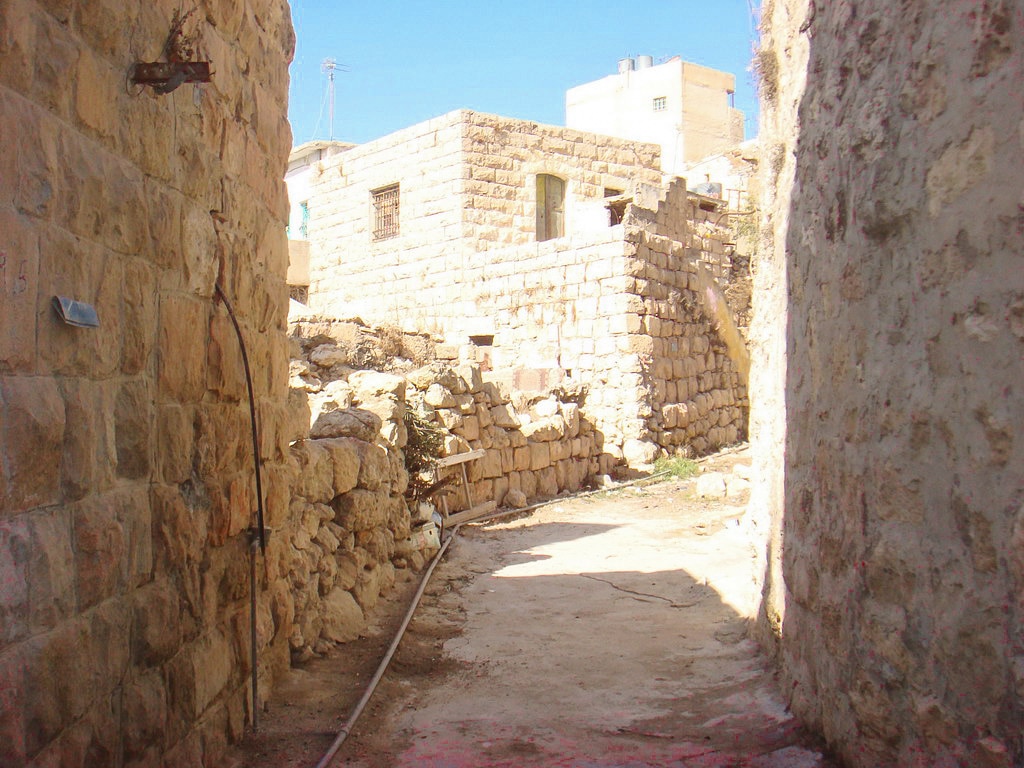
A village on two hills
Once named “Adoraim”, meaning “two hills” in the ancient Caananite language, the village eventually became “Dura”. The two hills, Dura al ‘Amaira and Dura al Arjan, merged to become the town it is today.
Dura had a population of around six thousand Palestinians in 1922. And since the Six-Day War in 1967, Dura has been under Israeli occupation.
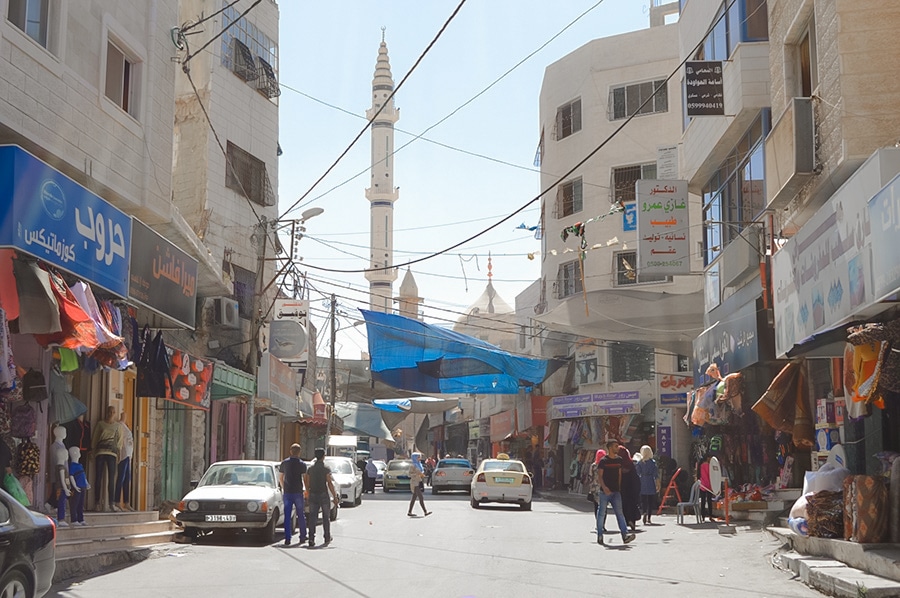
Years of Palestinian Heritage
Yet to this day, Dura persists, as a bastion of Palestinian and indigenous heritage. A symbolic place for all Abrahamic religions, its vine roots etched with the stories of people across thousands of years.
Years of Culture, beauty, struggle, life. Years of tilled soil, blood and sweat, and of dark red grapes.
